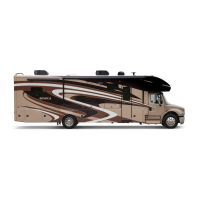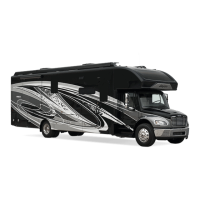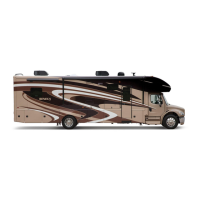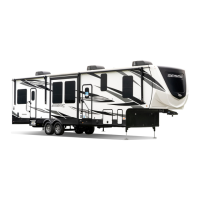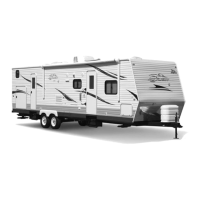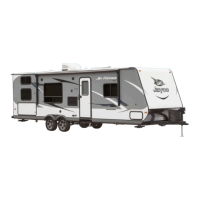91
Microwave
For details on operation, cleaning and safety information, refer to the manufacturer’s user
guide.
Before cleaning, make sure all controls are o and the microwave oven is
cool. Always follow label instructions on cleaning products.
To avoid damage to the microwave oven caused by arcing due to soil buildup keep cavity,
microwave inlet cover, cooking rack supports, and area where the door touches the frame
clean.
Clean with mild soap, water and a soft cloth or sponge, or as indicated below.
Grease lters: mild soap and water or dishwasher.
Door and exterior: mild soap and water, or glass cleaner applied to paper towel.
Control panel: sponge or soft cloth and water.
Stainless steel (on some models): mild soap and water, then rinse with clean water
and dry with soft cloth, or use stainless steel cleaner.
Turntable: mild soap and water or dishwasher.
Rack(s): mild soap, water and washcloth. Dishwasher cleaning is not recommend-
ed.
The convection microwave bridges the gap between microwaving your food and conven-
tional cooking. Make sure there is sucient 120-volt power before operating the convection
microwave (see Calculating Electrical Load). or details on operation and safety informa-
tion, refer to the manufacturer’s user guide.
Never use the microwave cavity for storage. The microwave cavity should
always be empty when not in use.
To prevent damage, remove the turntable from the microwave when trav-
eling.
Make sure you are connected to a 120-volt power source.
Cooking Safety
Grease is ammable. Never allow grease to collect around top burners or on the cook top
surface. Wipe up spills immediately. Refer to Section 2 – Safety Precautions, for re safety
and re extinguisher information.
Do not attempt to use water to put out the re. Water can spread some types of
re, and electrocution is possible with an electrical re.

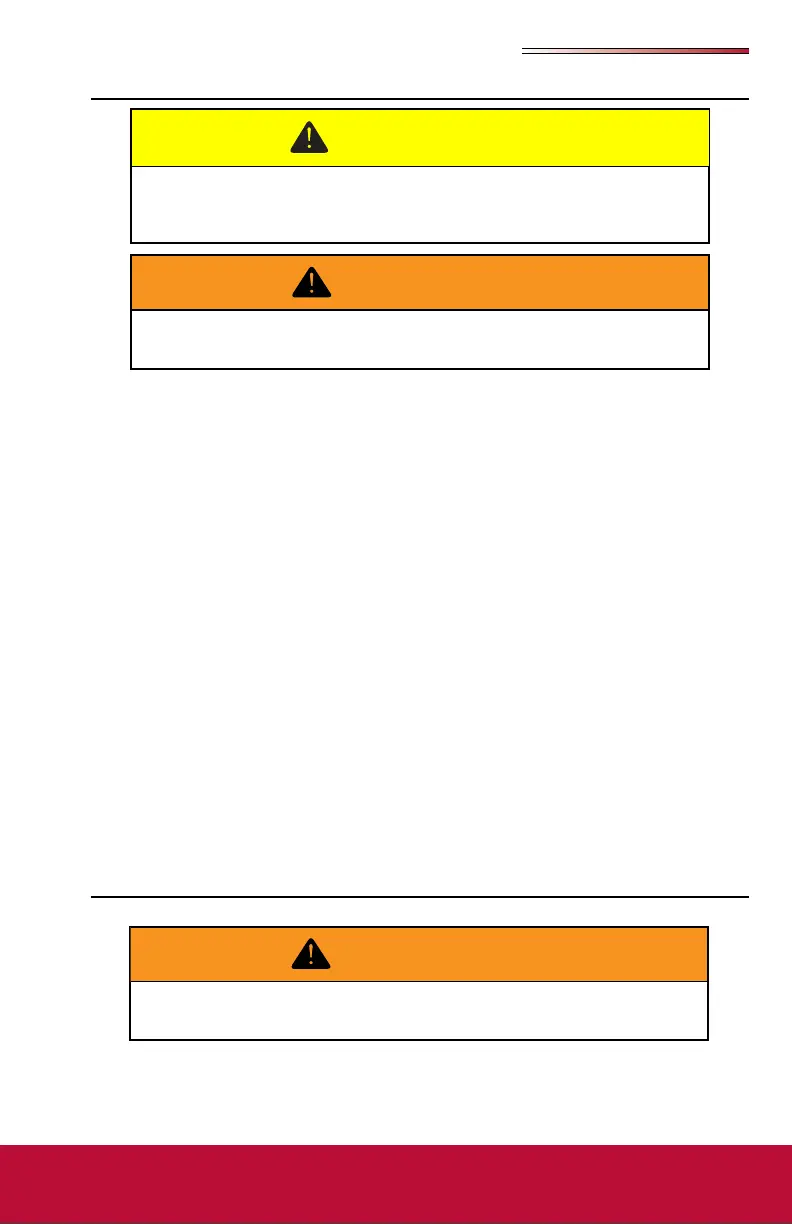